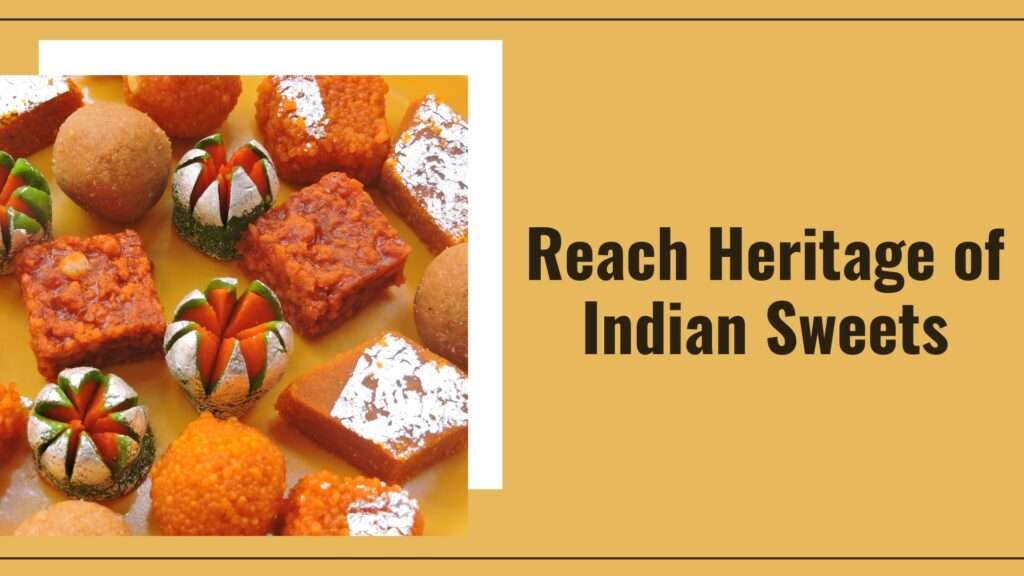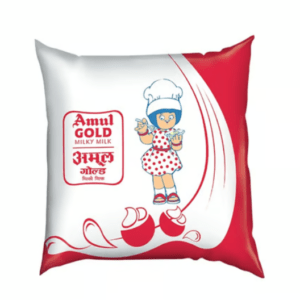
Indian cuisine, known for its diverse flavors and traditions, is renowned for its sweet making art, particularly “Mithai,” which are a quintessential part of Indian culture and festivities.
This blog delves into the fascinating world of Indian sweet making, exploring its historical significance, regional variations, and timeless techniques used to create these delectable treats.
Historical Significance :
Indian sweet making has a long and storied history, dating back thousands of years. Sweets were initially prepared for religious offerings and royal feasts, evolving into a culinary art form. The Vedas, ancient Hindu scriptures, mention various sweet preparations and their Significance in religious rituals. As Indian civilization flourished, trade routes introduced new ingredients like sugar, jaggery, and milk products, further enhancing the complexity and variety of sweets.
Regional Variations :
India’s vast and diverse landscape has given rise to several regional sweet specialities. Each region boasts its unique ingredients, techniques, and flavours. Let’s delve into some of the most celebrated sweet traditions across India:
- Bengal: Known for its signature sweet, Rasgulla, Bengal offers an assortment of milk-based sweets such as Sandesh, Mishti Doi, and Rosogolla. These delicate treats are often flavoured with cardamom, saffron, and rose water.
- Maharashtra: The land of festivities, Maharashtra, is famous for its mouthwatering sweets like Modak, Puran Poli, and Shrikhand. These sweets often incorporate locally grown ingredients like jaggery, coconut, and dry fruits.
- Rajasthan: The desert state of Rajasthan presents a treasure trove of sweet delights. From the syrup-soaked Gulab Jamun and Malpua to the crispy Ghevar, Rajasthani sweets combine ghee, dry fruits, and aromatic spices in captivating ways.
- Tamil Nadu: Tamil Nadu showcases a variety of delectable sweets, including Mysore Pak, Pongal, and Payasam. These sweets often feature flavours such as ghee, coconut, and cashews, creating a perfect balance of sweetness.
Timeless Techniques :
Indian sweet making involves intricate techniques passed down through generations, blending tradition and innovation. Let’s explore some of these techniques:
- Kneading and Simmering: Many Indian sweets require thorough kneading of dough or simmering milk for long hours. This process ensures the perfect texture and consistency, creating soft and melt-in-your-mouth delicacies.
- Syrup Formation: Syrup plays a vital role in Indian sweet making. From the thread-like consistency of Chasni to the sticky syrup used in Gulab Jamun, achieving the right texture and sweetness requires skilful control of heat and sugar ratios.
- Flavour Infusion: Indian sweets are often infused with aromatic spices like cardamom, saffron, rose water, and nutmeg. These spices lend a unique depth of flavour and tantalizing aroma to the sweets, making them truly exceptional.
- Artful Garnishing: Indian sweets are a treat for the taste buds. Intricate garnishing with silver leaf (Varak), edible flowers, and colourful nuts adds a touch of elegance to the final presentation.
Preserving the Legacy :
While modernization and globalization have influenced the Indian culinary landscape, the traditional art of sweet making continues to thrive. Sweet shops, known as “Mithai shops,” can be found in every nook and corner of India, preserving the Legacy of Indian sweet making.
These shops are a testament to the enduring love for traditional sweets and serve as a hub for artisans who have dedicated their lives to perfecting the craft.
To keep pace with changing times, sweet makers have also embraced innovation without compromising the authenticity of their creations.
They experiment with new flavours, ingredients, and presentation styles, infusing a contemporary touch while staying true to the essence of Indian sweets.
Furthermore, Indian sweets have also gained international recognition, with many renowned chefs and food enthusiasts exploring their unique flavours and incorporating them into their culinary repertoire.
Festivals and events celebrating Indian cuisine worldwide often showcase a wide range of Indian sweets, introducing them to a global audience and fostering cultural exchange.
In recent years, there has been a growing awareness and appreciation for traditional Indian sweets among the younger generation. Cooking classes, workshops, and online platforms have emerged, allowing enthusiasts to learn and master the art of sweet making.
This resurgence ensures the preservation of age-old techniques and encourages innovation and experimentation, pushing the boundaries of what is possible in the world of Indian sweets.
In conclusion, exploring the rich heritage of Indian sweet making is a journey that takes us back in time, unearthing the cultural Significance, regional variations, and timeless techniques that make Indian sweets truly extraordinary.
From intricate craftsmanship to the harmonious blend of flavours and textures, each sweetener tells a story and carries the essence of Indian tradition and craftsmanship.
As we savour these delightful treats, let us cherish the artisans who have dedicated their lives to this culinary art form and the generations before them who have passed down their knowledge and passion.
By embracing and celebrating the rich heritage of Indian sweet making, we not only indulge our taste buds but also pay homage to a vibrant and enduring aspect of Indian culture.
So, the next time you have the opportunity to savour an Indian sweet, take a moment to appreciate the centuries of tradition and expertise that went into creating that irresistible delight.

 Maaza Mango Drink 1.2 ltr
Maaza Mango Drink 1.2 ltr  Amul Gold Full Cream Fresh Milk (500 ml)
Amul Gold Full Cream Fresh Milk (500 ml)  Paper boat Swing Zesty Pomegranate Juice 600 ml
Paper boat Swing Zesty Pomegranate Juice 600 ml 